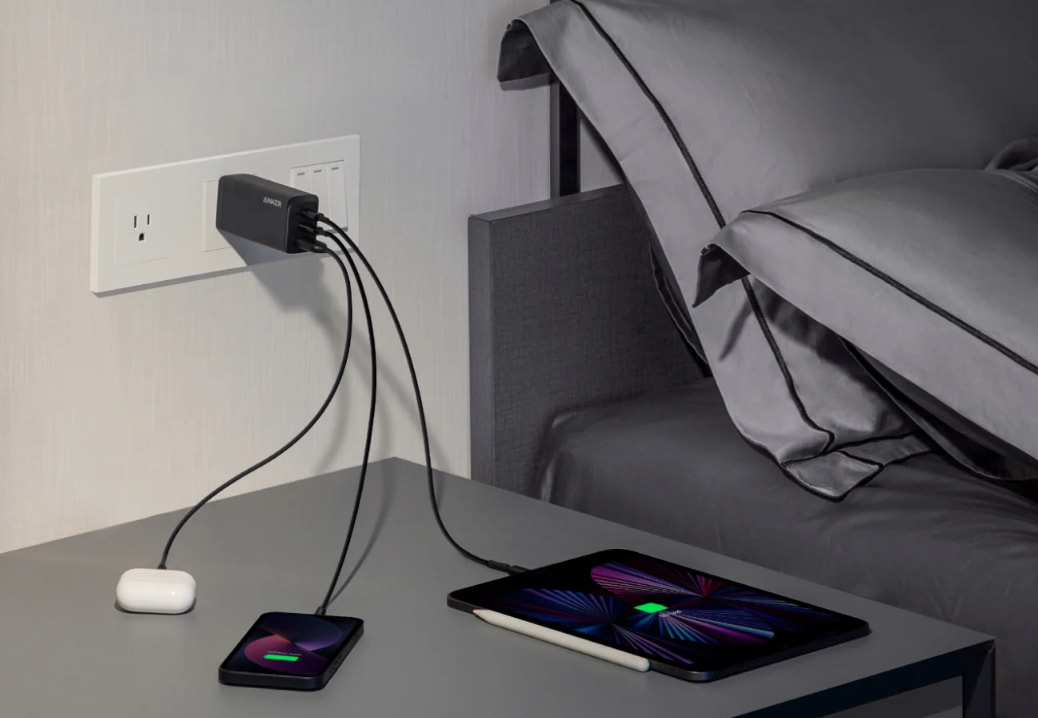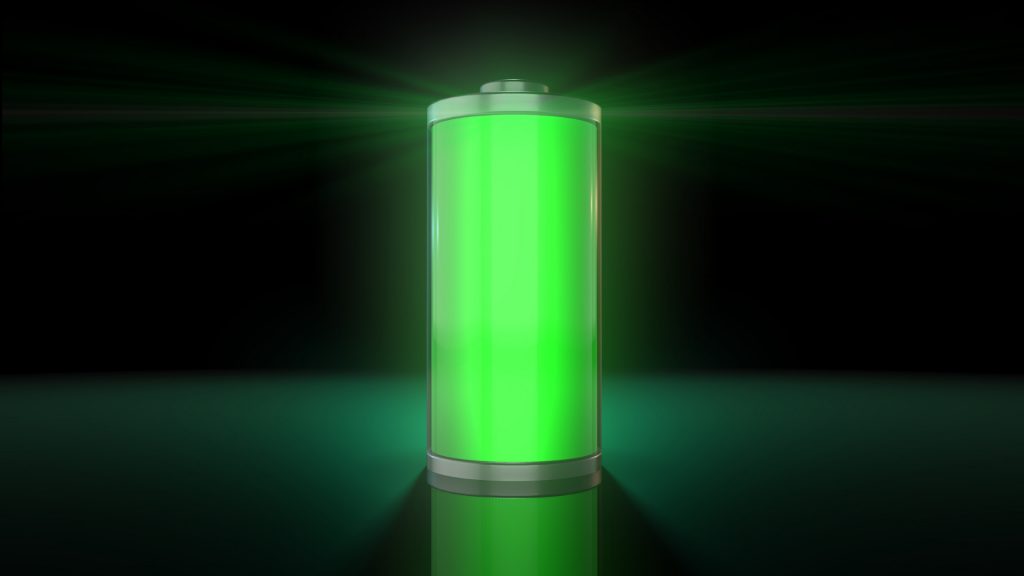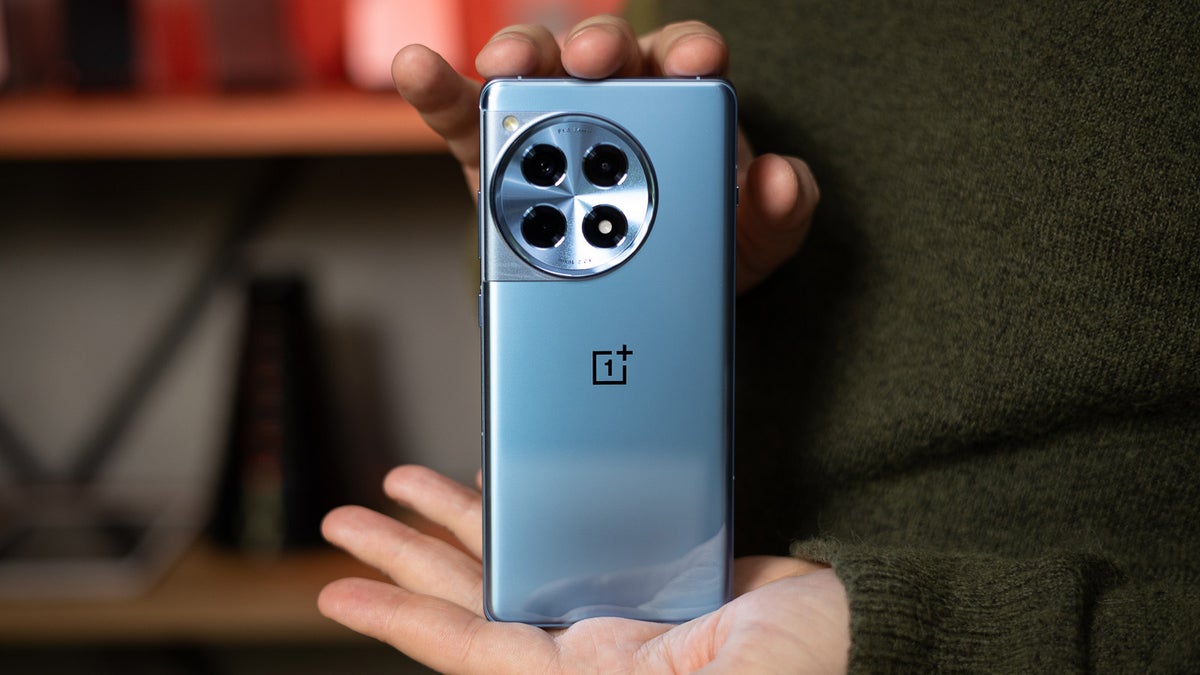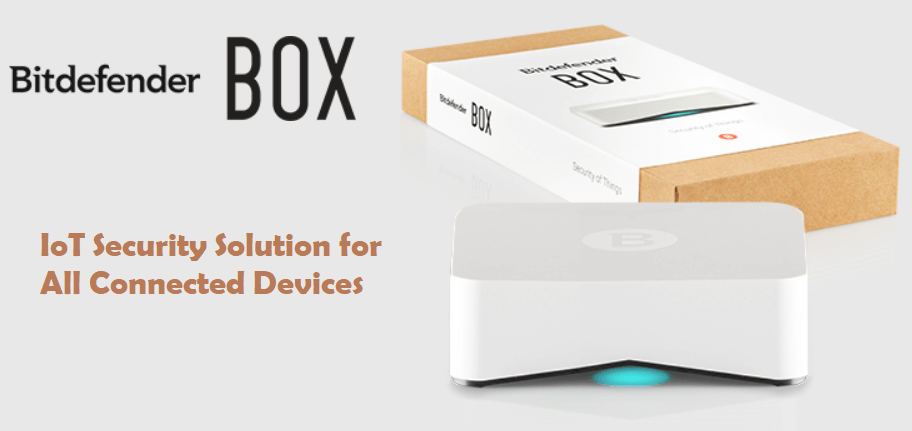Monitoring your strategic targets is crucial, and implementing the latest surveillance technology measures on the market is critical to achieving your goals. The use of a thermal surveillance camera created by a company experienced in working with private or military entities may be a necessary measure that comes with strategic and financial advantages. Professionally uncooled or cooled thermal cameras can be used in conjunction with your organisation’s surveillance and rapid-deployment systems, or they could be customized to meet your new requirements.

Thermal surveillance cameras use the infrared spectrum to record images. And this gives them increased versatility, crucial for usage in many types of environments. Whether you’re a private company that needs close surveillance of external network systems or a government agency looking to identify external threats before they can influence the security of our borders, thermal cameras can be modular solutions paired with different accessories designed for multiple applications.
But you are someone who, before making a purchase, wants to gather all possible facts about the items that interest you. Do you know, for example, the differences between MWIR and LWIR cameras? Do you want to know the advantages and disadvantages of uncooled thermal cameras? All your questions deserve to be answered. So, in the next few minutes, we will analyse your queries and list why long-range surveillance can be the most effective method to avoid casualties ridden armed conflicts.
What to Choose Between MWIR and LWIR?
If you are interested in thermal surveillance cameras, you will likely select between MWIR and LWIR systems. But what are these devices? In a nutshell, mid-wave and long-wave infrared systems are types of cameras that use infrared technology to collect the desired data. The difference between the two systems is the frequency of the electromagnetic spectrum used to record the images and, therefore, the sensitivity of the cameras to temperature changes in the atmosphere. MWIR cameras operate at a shorter frequency than their long-range counterparts, generally between three and five microns, while LWIR can operate down to fifteen µm. What does this mean? Different sensitivity to temperature variations.
LWIR systems have a lower sensitivity to temperature changes. However, they are less affected by atmospheric conditions, which makes them common in marine applications. Because they often do not need to be cooled, LWIR systems are also more energy efficient, and their portability helps them to be integrated into a large number of surveillance systems. On the other hand, MWIR systems are more accurate and can provide better image clarity than LWIR cameras. But they often require cryogenic cooling solutions at temperatures below two hundred degrees Celsius and are more susceptible to severe atmospheric changes, which can reduce their military utility.
Uncooled or Cooled Thermal Cameras?
Infrared surveillance solutions can come in a huge variety of enclosures, all of which can be customised to the needs of the organisation you run. If you need professional solutions, you will have to choose between uncooled or cooled thermal cameras. But what are the differences between them? Cooled thermal cameras have a higher sensitivity to atmospheric temperature variations and collect more data, which can be used to identify potential threats. Because they have a higher sensitivity, cooled thermal cameras are also more useful for long-range applications and can detect targets at distances of over ten kilometres.

However, the problem with cooled thermal cameras has to do with the space required for the cooling component, which can make these enclosures bulky and reduce their flexibility. Cooled MWIR systems can be found in maritime applications, where space is not an issue, but are rarely used in terrestrial installations where flexibility and portability are the watchwords. Moreover, cooled military-grade camera systems need regular maintenance to perform at the highest level, and this can reduce their potential for fast deployment.
Uncooled LWIR camera modules have the advantage of being cheaper. Moreover, their housing is smaller and requires less complexity to operate efficiently. This increased efficiency translates into more ground versatility, allowing LWIR cameras to be used in terrestrial, maritime or airborne applications. With lower power consumption and faster start-up times, uncooled cameras are preferred by most land defence organisations. But at the same time, uncooled LWIR cameras have a lower sensitivity to temperature variations, and their infrared spectrum implementation makes them unsuitable for detecting objects with reflective surfaces.
Why Invest in Long-Range Surveillance?
Long-range thermal surveillance cameras are the most effective way to ensure the safety of your strategic targets while saving your human and material assets. Long-range surveillance can identify threats before they pose a real risk to your strategically important structures. Moreover, early detection can be crucial for devising a response plan or for moving key resources into the air, sea or land defence measures you need.

Long-range surveillance can also be crucial if you are interested in gathering essential information about the enemy or entities that could threaten your strategic location. In the event of an attack, long-range surveillance cameras could gather the necessary evidence to justify retribution, and in the case of espionage necessity, long-range cameras could be a way to collect valuable information without risking the lives of field operators.
Not least, long-range surveillance plays a vital role in deterrence. A considerable presence of high-tech cameras can make it impossible to attack your strategic targets in a manner that does not attract retribution from the competent authorities. This may decrease the feasibility of an attempt to breach the territorial integrity of your location and may automatically lead to fewer armed confrontations. Long-range cameras can be operated remotely, can be much cheaper than a permanent presence in all sites of interest, and can be customised according to the preferences of the organisation you run.
Think About the Importance of Security
Nowadays, investing in high-tech thermal surveillance systems is no longer a recommendation but necessary for all organisations with strategic surveillance targets. Uncooled or cooled thermal systems can provide a robust and flexible solution to protect your confidential data and can be an accessory to be used in conjunction with your company’s other security systems.
Thermal cameras are more accurate than traditional ones, can be used in various environments, are robust and customisable, and can provide you with the analytical data needed to decide the national or local security strategy to be implemented by the organisation you manage. Thermal cameras can be used in various private and federal industries and have civilian or military uses that protect our country’s key objectives.








